Introduction
Digital dentures represent a revolutionary leap in prosthodontics, integrating digital technologies into the design, fabrication, and delivery of complete dentures. The advent of CAD/CAM (computer-aided design/computer-aided manufacturing), 3D printing, intraoral scanning, and artificial intelligence (AI) has streamlined clinical workflows and improved treatment outcomes for edentulous patients. This article explores the comprehensive digital denture workflow, compares it to conventional methods, examines the future trajectory of this technology, and analyzes its relevance in Philippine dentistry.
1. Full Clinical and Laboratory Digital Workflow
The digital denture workflow encompasses a series of clinical and laboratory procedures that leverage digital technologies from diagnosis to prosthesis delivery. This process typically involves the following stages:
A. Clinical Workflow

Patient Evaluation and Digital Impression Taking
- Intraoral scanners such as the iTero or 3Shape TRIOS are used to obtain high-resolution scans of the edentulous arches and soft tissues.
- For patients with mobile tissues or complex anatomy, extraoral scanning of conventional impressions or functional impressions using soft liners may be digitized (Mangano et al., 2020).

Jaw Relation Recording
- Traditional occlusion rims can be replaced by digitally designed 3D printed verification bases with embedded landmarks to determine vertical dimension and centric relation (Choi et al., 2021).

Digital Try-in
- Virtual articulators simulate mandibular movement and occlusion. A monoblock try-in denture can be 3D printed for intraoral verification (Goodacre et al., 2018).

Final Approval and Fabrication
- Once the patient and clinician approve the digital try-in, the definitive denture is either milled from a pre-polymerized resin puck or 3D printed using biocompatible resin (Papaspyridakos et al., 2021).
B. Laboratory Workflow

CAD (Design) Phase
- CAD (Computer Aided Design) Specialized software such as Exocad or 3Shape Dental System designs the prosthesis based on intraoral scans and jaw relation data.

CAM (Manufacturing) Phase
- CAM (Computer Aided Manufacturing)
- Milling: Produces highly dense, durable dentures from pre-polymerized PMMA blanks.
- 3D Printing: Offers faster production and customization with cost-effectiveness, although material strength may vary.

Post-Processing
- Finishing, polishing, and incorporation of artificial teeth into bases are done digitally or manually depending on the technique used.

Data Archiving
- All designs, scans, and settings are stored digitally, allowing for easy reproduction or modification in the future (Bidra et al., 2019).
2. Advantages and Disadvantages Compared to Conventional Analogue Denture Fabrication
A. Advantages
- Efficiency and Fewer Appointments
- Digital dentures can reduce clinical appointments from five to two or three visits (Goodacre et al., 2018).
- Saves chairside time and accelerates prosthesis delivery.
- Accuracy and Reproducibility
- Digital impressions and manufacturing improve fit accuracy, especially for well-formed ridges (AlHelal et al., 2017).
- The digital file can be reused for duplicate dentures without new impressions.
- Improved Material Quality
- Milled dentures are fabricated from pre-polymerized PMMA, resulting in superior strength, color stability, and less residual monomer compared to conventionally cured dentures (Yoon et al., 2020).
- Patient Satisfaction
- Enhanced esthetics and fit, faster turnaround, and the option to preview designs digitally contribute to higher acceptance rates (Elkholy et al., 2020).
- Data Storage and Reproduction
- Lost or broken dentures can be remade from archived files without repeating all steps.
B. Disadvantages
- Initial Investment and Cost
- High capital investment in scanners, software, and milling/printing units (Mangano et al., 2020).
- May translate to higher treatment costs for patients.
- Learning Curve and Training Needs
- Requires digital literacy among clinicians and dental technicians.
- Limitations with Complex Cases
- Severely resorbed ridges, flabby tissue, and complex maxillomandibular relations may challenge digital impression accuracy (Choi et al., 2021).
- Material Limitations in Printing
- 3D printed denture bases may show inferior mechanical properties compared to milled bases (Papaspyridakos et al., 2021).
3. The Current State and the Bright Future of Digital Dentures: AI and Robotics
A. Current Developments
Digital dentures are no longer experimental but are increasingly used in mainstream prosthodontics in many countries. CAD/CAM systems are widely adopted, and companies such as Ivoclar Vivadent (Ivotion), Dentsply Sirona (Lucitone Digital Print), and 3Shape offer integrated digital denture solutions (Elkholy et al., 2020).
B. Role of Artificial Intelligence
- Automated Design
- AI-driven software can auto-design denture bases and teeth arrangements based on scanned anatomical landmarks and patient preferences (Chen et al., 2022).
- Occlusal Adjustment and Error Detection
- Machine learning models assist in occlusion analysis and help detect potential undercuts, uneven pressures, or tissue compressions (Mangano et al., 2020).
- Predictive Prosthodontics
- AI algorithms predict denture success and adaptation based on historical patient datasets, guiding decision-making.
C. Robotics and Automation
- Robotic Milling Units
- Robotic arms are increasingly used for high-precision CAM operations and can work around the clock.
- Digital Articulators
- Automated virtual articulators mimic jaw function based on AI-calculated parameters, enabling more accurate occlusal setups.
D. The Future
- Tele-dentistry Integration: Digital workflows enable remote collaboration between clinicians and labs.
- Full-Arch Implant-Supported Digital Prostheses: Hybrid digital workflows are now used for edentulous patients opting for All-on-4 or similar treatments.
- Smart Dentures: Integration of sensors for oral health monitoring is a developing field.
4. Digital Dentures in the Context of Philippine Dentistry
A. Current Status
In the Philippines, the adoption of digital dentures is at an early stage, primarily limited to urban dental centers and prosthodontic specialists. Most practitioners still use conventional methods due to the high cost of digital equipment and lack of formal training programs (Lopez et al., 2023).
While CAD/CAM crowns and implant prostheses are more common, full digital denture workflows are emerging slowly. Some dental laboratories in Metro Manila and Cebu now offer 3D printing and milling services, but nationwide access remains limited.
B. Challenges
- Infrastructure and Cost
- High costs of intraoral scanners, software, and milling/printing devices are barriers to entry.
- Lack of Training and Awareness
- Dental schools are only beginning to introduce digital dentistry into the curriculum.
- Limited Lab Support
- Most laboratories still operate with analogue workflows and are not yet equipped for full CAD/CAM prosthodontics.
C. Opportunities and Recommendations
- Academic-Industry Partnerships
- Encouraging partnerships between dental schools, local labs, and international companies to provide training and access to digital systems.
- Government and NGO Support
- Incorporation of digital technologies into government dental health services and mobile prosthodontic clinics.
- Local Innovation
- Filipino dental technologists and engineers can innovate affordable scanning and printing solutions tailored for the local market.
- Integration into National Health Strategy
- Given the aging population and demand for prosthetic rehabilitation, digital dentures should be prioritized in public dental health initiatives.
Conclusion
Digital dentures represent a transformative advancement in prosthodontic care, offering enhanced precision, speed, and patient satisfaction. While they present some limitations and high initial costs, their potential—especially with the integration of AI and robotics—is vast. In the Philippines, widespread adoption remains in its infancy but holds promise through education, investment, and innovation. As digital infrastructure expands and more professionals are trained, digital dentures could soon become the standard of care, improving oral rehabilitation outcomes for millions.
References
AlHelal, A., AlRumaih, H. S., AlHassan, A., & AlHelal, A. A. (2017). Comparison of trueness and precision between intraoral and extraoral digital scanners: An in-vitro study. Journal of Prosthodontics, 26(8), 609–613. https://doi.org/10.1111/jopr.12521
Bidra, A. S., Taylor, T. D., & Agar, J. R. (2019). Computer-aided technology for fabricating complete dentures: Systematic review of historical background, current status, and future perspectives. Journal of Prosthetic Dentistry, 121(4), 569–576. https://doi.org/10.1016/j.prosdent.2018.04.009
Chen, Y., Zhang, Y., & Li, J. (2022). Artificial intelligence in prosthodontics: A narrative review of current applications and future trends. Journal of Prosthodontic Research, 66(2), 165–172. https://doi.org/10.1016/j.jpor.2021.03.002
Choi, J. W., Bae, J. H., Kim, J. H., & Kim, H. Y. (2021). A clinical comparison between digital and conventional workflows for complete denture fabrication. Journal of Prosthodontic Research, 65(4), 420–426. https://doi.org/10.1016/j.jpor.2020.06.008
Elkholy, F., Weigl, P., Schmidt, F., & Lehmann, F. (2020). A randomized controlled clinical trial comparing the fit, wear, and acceptance of CAD/CAM digital dentures versus conventional dentures. Clinical Oral Investigations, 24, 2935–2944. https://doi.org/10.1007/s00784-019-03107-3
Goodacre, B. J., Goodacre, C. J., Baba, N. Z., & Kattadiyil, M. T. (2018). Comparison of outcomes for digital and conventional complete removable dental prostheses: A systematic review. Journal of Prosthetic Dentistry, 120(5), 708–713. https://doi.org/10.1016/j.prosdent.2018.01.008
Lopez, J. L., Mercado, R. M., & Natividad, J. R. (2023). Digital prosthodontics in the Philippines: Trends, barriers, and future directions. Philippine Journal of Dental Technology, 17(2), 25–32.
Mangano, F. G., Hauschild, U., Veronesi, G., Imburgia, M., Mangano, C., & Admakin, O. (2020). Trueness and precision of four intraoral scanners in oral implantology: A comparative in vitro study. PLOS ONE, 15(9), e0238581. https://doi.org/10.1371/journal.pone.0238581
Papaspyridakos, P., Chochlidakis, K. M., Rajput, N., & Stathopoulou, S. (2021). Digital workflow for complete dentures: A systematic review. Journal of Prosthodontic Research, 65(4), 388–397. https://doi.org/10.1016/j.jpor.2021.01.002
Yoon, H. I., Hwang, H. J., Ohkubo, C., Han, J. S., & Park, E. J. (2020). Evaluation of the strength and surface characteristics of CAD/CAM denture base materials fabricated using additive and subtractive manufacturing. Journal of Advanced Prosthodontics, 12(3), 122–129. https://doi.org/10.4047/jap.2020.12.3.122
TEXT ONLY VERSION
Digital Dentures: A Comprehensive Overview of Workflow, Comparative Advantages, Emerging Technologies, and the Philippine Context
Digital dentures represent a revolutionary leap in prosthodontics, integrating digital technologies into the design, fabrication, and delivery of complete dentures. The advent of CAD/CAM (computer-aided design/computer-aided manufacturing), 3D printing, intraoral scanning, and artificial intelligence (AI) has streamlined clinical workflows and improved treatment outcomes for edentulous patients. This article explores the comprehensive digital denture workflow, compares it to conventional methods, examines the future trajectory of this technology, and analyzes its relevance in Philippine dentistry.
1. Full Clinical and Laboratory Digital Workflow
The digital denture workflow encompasses a series of clinical and laboratory procedures that leverage digital technologies from diagnosis to prosthesis delivery. This process typically involves the following stages:
A. Clinical Workflow
- Patient Evaluation and Digital Impression Taking
- Intraoral scanners such as the iTero or 3Shape TRIOS are used to obtain high-resolution scans of the edentulous arches and soft tissues.
- For patients with mobile tissues or complex anatomy, extraoral scanning of conventional impressions or functional impressions using soft liners may be digitized (Mangano et al., 2020).
- Jaw Relation Recording
- Traditional occlusion rims can be replaced by digitally designed 3D printed verification bases with embedded landmarks to determine vertical dimension and centric relation (Choi et al., 2021).
- Digital Try-in
- Virtual articulators simulate mandibular movement and occlusion. A monoblock try-in denture can be 3D printed for intraoral verification (Goodacre et al., 2018).
- Final Approval and Fabrication
- Once the patient and clinician approve the digital try-in, the definitive denture is either milled from a pre-polymerized resin puck or 3D printed using biocompatible resin (Papaspyridakos et al., 2021).
B. Laboratory Workflow
- CAD (Design) Phase
- Specialized software such as Exocad or 3Shape Dental System designs the prosthesis based on intraoral scans and jaw relation data.
- CAM (Manufacturing) Phase
- Milling: Produces highly dense, durable dentures from pre-polymerized PMMA blanks.
- 3D Printing: Offers faster production and customization with cost-effectiveness, although material strength may vary.
- Post-Processing
- Finishing, polishing, and incorporation of artificial teeth into bases are done digitally or manually depending on the technique used.
- Data Archiving
- All designs, scans, and settings are stored digitally, allowing for easy reproduction or modification in the future (Bidra et al., 2019).
2. Advantages and Disadvantages Compared to Conventional Analogue Denture Fabrication
A. Advantages
- Efficiency and Fewer Appointments
- Digital dentures can reduce clinical appointments from five to two or three visits (Goodacre et al., 2018).
- Saves chairside time and accelerates prosthesis delivery.
- Accuracy and Reproducibility
- Digital impressions and manufacturing improve fit accuracy, especially for well-formed ridges (AlHelal et al., 2017).
- The digital file can be reused for duplicate dentures without new impressions.
- Improved Material Quality
- Milled dentures are fabricated from pre-polymerized PMMA, resulting in superior strength, color stability, and less residual monomer compared to conventionally cured dentures (Yoon et al., 2020).
- Patient Satisfaction
- Enhanced esthetics and fit, faster turnaround, and the option to preview designs digitally contribute to higher acceptance rates (Elkholy et al., 2020).
- Data Storage and Reproduction
- Lost or broken dentures can be remade from archived files without repeating all steps.
B. Disadvantages
- Initial Investment and Cost
- High capital investment in scanners, software, and milling/printing units (Mangano et al., 2020).
- May translate to higher treatment costs for patients.
- Learning Curve and Training Needs
- Requires digital literacy among clinicians and dental technicians.
- Limitations with Complex Cases
- Severely resorbed ridges, flabby tissue, and complex maxillomandibular relations may challenge digital impression accuracy (Choi et al., 2021).
- Material Limitations in Printing
- 3D printed denture bases may show inferior mechanical properties compared to milled bases (Papaspyridakos et al., 2021).
3. The Current State and the Bright Future of Digital Dentures: AI and Robotics
A. Current Developments
Digital dentures are no longer experimental but are increasingly used in mainstream prosthodontics in many countries. CAD/CAM systems are widely adopted, and companies such as Ivoclar Vivadent (Ivotion), Dentsply Sirona (Lucitone Digital Print), and 3Shape offer integrated digital denture solutions (Elkholy et al., 2020).
B. Role of Artificial Intelligence
- Automated Design
- AI-driven software can auto-design denture bases and teeth arrangements based on scanned anatomical landmarks and patient preferences (Chen et al., 2022).
- Occlusal Adjustment and Error Detection
- Machine learning models assist in occlusion analysis and help detect potential undercuts, uneven pressures, or tissue compressions (Mangano et al., 2020).
- Predictive Prosthodontics
- AI algorithms predict denture success and adaptation based on historical patient datasets, guiding decision-making.
C. Robotics and Automation
- Robotic Milling Units
- Robotic arms are increasingly used for high-precision CAM operations and can work around the clock.
- Digital Articulators
- Automated virtual articulators mimic jaw function based on AI-calculated parameters, enabling more accurate occlusal setups.
D. The Future
- Tele-dentistry Integration: Digital workflows enable remote collaboration between clinicians and labs.
- Full-Arch Implant-Supported Digital Prostheses: Hybrid digital workflows are now used for edentulous patients opting for All-on-4 or similar treatments.
- Smart Dentures: Integration of sensors for oral health monitoring is a developing field.
4. Digital Dentures in the Context of Philippine Dentistry
A. Current Status
In the Philippines, the adoption of digital dentures is at an early stage, primarily limited to urban dental centers and prosthodontic specialists. Most practitioners still use conventional methods due to the high cost of digital equipment and lack of formal training programs (Lopez et al., 2023).
While CAD/CAM crowns and implant prostheses are more common, full digital denture workflows are emerging slowly. Some dental laboratories in Metro Manila and Cebu now offer 3D printing and milling services, but nationwide access remains limited.
B. Challenges
- Infrastructure and Cost
- High costs of intraoral scanners, software, and milling/printing devices are barriers to entry.
- Lack of Training and Awareness
- Dental schools are only beginning to introduce digital dentistry into the curriculum.
- Limited Lab Support
- Most laboratories still operate with analogue workflows and are not yet equipped for full CAD/CAM prosthodontics.
C. Opportunities and Recommendations
- Academic-Industry Partnerships
- Encouraging partnerships between dental schools, local labs, and international companies to provide training and access to digital systems.
- Government and NGO Support
- Incorporation of digital technologies into government dental health services and mobile prosthodontic clinics.
- Local Innovation
- Filipino dental technologists and engineers can innovate affordable scanning and printing solutions tailored for the local market.
- Integration into National Health Strategy
- Given the aging population and demand for prosthetic rehabilitation, digital dentures should be prioritized in public dental health initiatives.
Conclusion
Digital dentures represent a transformative advancement in prosthodontic care, offering enhanced precision, speed, and patient satisfaction. While they present some limitations and high initial costs, their potential—especially with the integration of AI and robotics—is vast. In the Philippines, widespread adoption remains in its infancy but holds promise through education, investment, and innovation. As digital infrastructure expands and more professionals are trained, digital dentures could soon become the standard of care, improving oral rehabilitation outcomes for millions.
References
AlHelal, A., AlRumaih, H. S., AlHassan, A., & AlHelal, A. A. (2017). Comparison of trueness and precision between intraoral and extraoral digital scanners: An in-vitro study. Journal of Prosthodontics, 26(8), 609–613. https://doi.org/10.1111/jopr.12521
Bidra, A. S., Taylor, T. D., & Agar, J. R. (2019). Computer-aided technology for fabricating complete dentures: Systematic review of historical background, current status, and future perspectives. Journal of Prosthetic Dentistry, 121(4), 569–576. https://doi.org/10.1016/j.prosdent.2018.04.009
Chen, Y., Zhang, Y., & Li, J. (2022). Artificial intelligence in prosthodontics: A narrative review of current applications and future trends. Journal of Prosthodontic Research, 66(2), 165–172. https://doi.org/10.1016/j.jpor.2021.03.002
Choi, J. W., Bae, J. H., Kim, J. H., & Kim, H. Y. (2021). A clinical comparison between digital and conventional workflows for complete denture fabrication. Journal of Prosthodontic Research, 65(4), 420–426. https://doi.org/10.1016/j.jpor.2020.06.008
Elkholy, F., Weigl, P., Schmidt, F., & Lehmann, F. (2020). A randomized controlled clinical trial comparing the fit, wear, and acceptance of CAD/CAM digital dentures versus conventional dentures. Clinical Oral Investigations, 24, 2935–2944. https://doi.org/10.1007/s00784-019-03107-3
Goodacre, B. J., Goodacre, C. J., Baba, N. Z., & Kattadiyil, M. T. (2018). Comparison of outcomes for digital and conventional complete removable dental prostheses: A systematic review. Journal of Prosthetic Dentistry, 120(5), 708–713. https://doi.org/10.1016/j.prosdent.2018.01.008
Lopez, J. L., Mercado, R. M., & Natividad, J. R. (2023). Digital prosthodontics in the Philippines: Trends, barriers, and future directions. Philippine Journal of Dental Technology, 17(2), 25–32.
Mangano, F. G., Hauschild, U., Veronesi, G., Imburgia, M., Mangano, C., & Admakin, O. (2020). Trueness and precision of four intraoral scanners in oral implantology: A comparative in vitro study. PLOS ONE, 15(9), e0238581. https://doi.org/10.1371/journal.pone.0238581
Papaspyridakos, P., Chochlidakis, K. M., Rajput, N., & Stathopoulou, S. (2021). Digital workflow for complete dentures: A systematic review. Journal of Prosthodontic Research, 65(4), 388–397. https://doi.org/10.1016/j.jpor.2021.01.002
Yoon, H. I., Hwang, H. J., Ohkubo, C., Han, J. S., & Park, E. J. (2020). Evaluation of the strength and surface characteristics of CAD/CAM denture base materials fabricated using additive and subtractive manufacturing. Journal of Advanced Prosthodontics, 12(3), 122–129. https://doi.org/10.4047/jap.2020.12.3.122

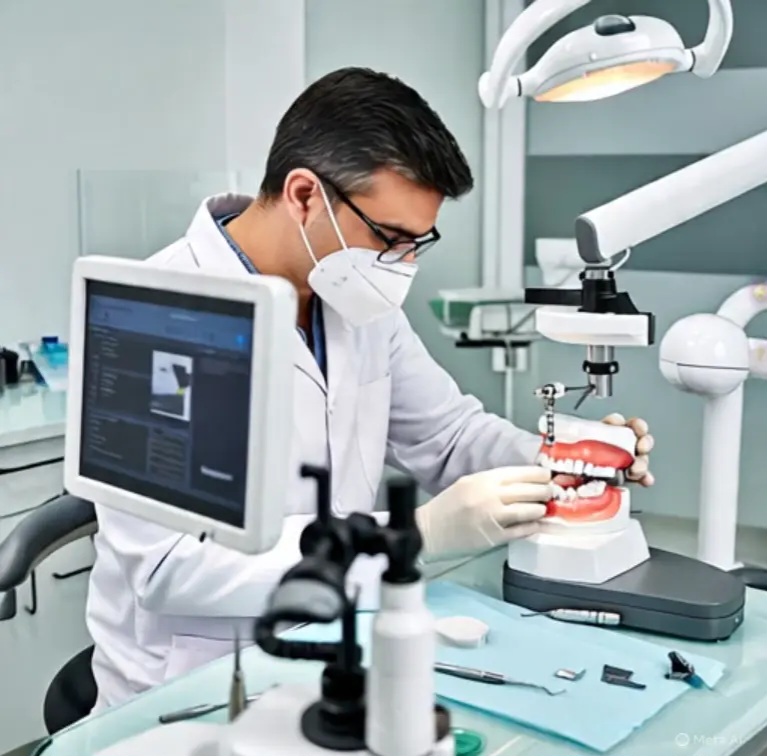
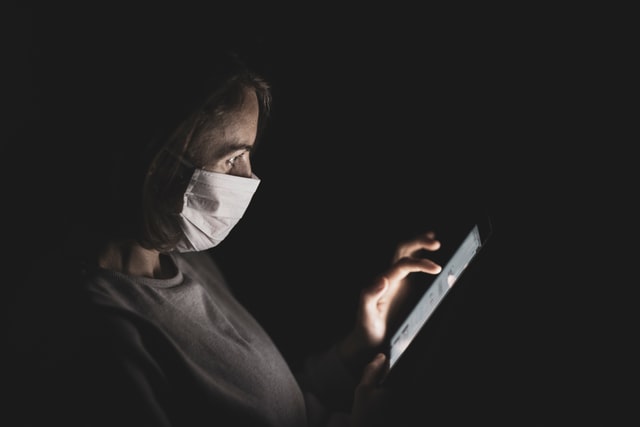
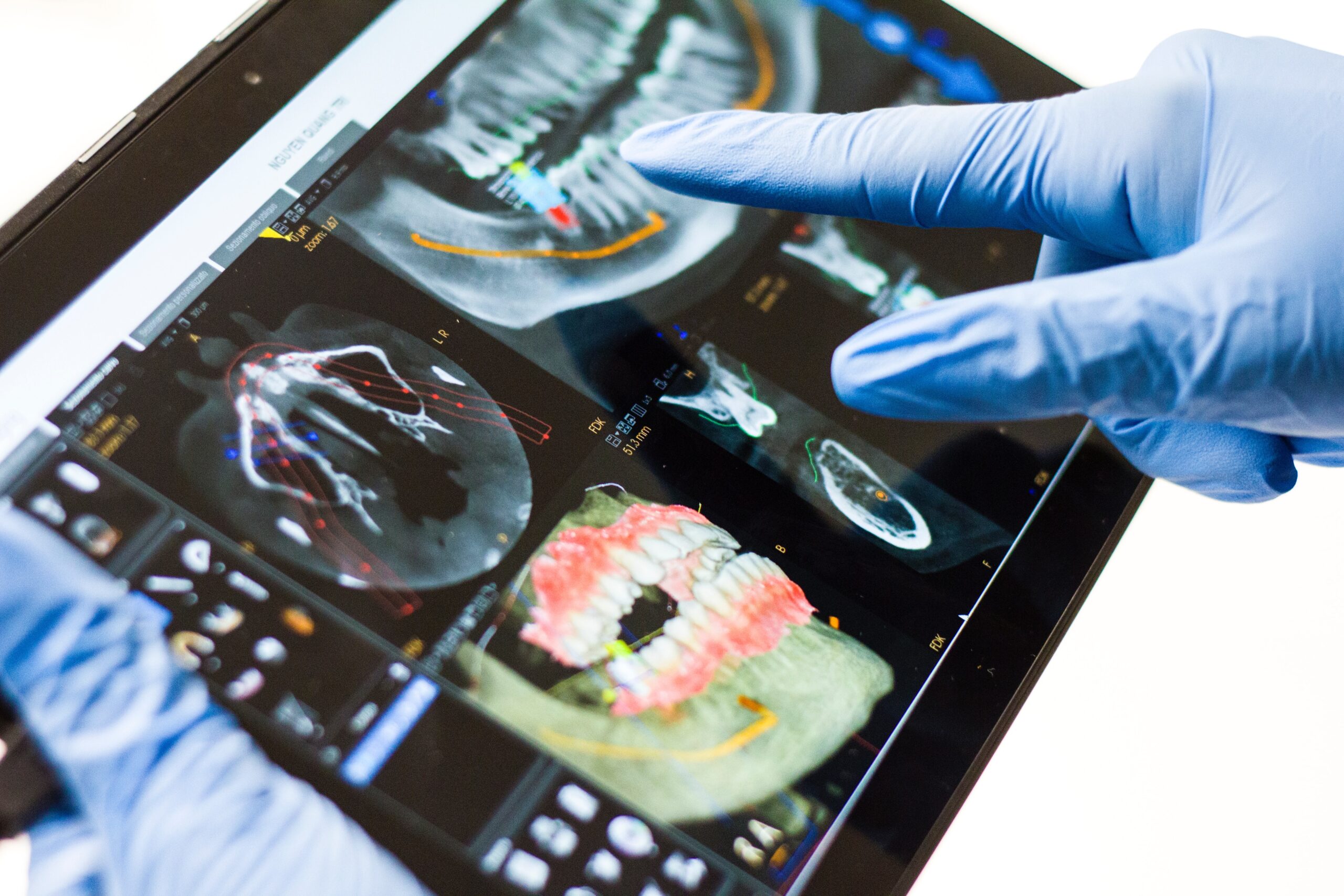

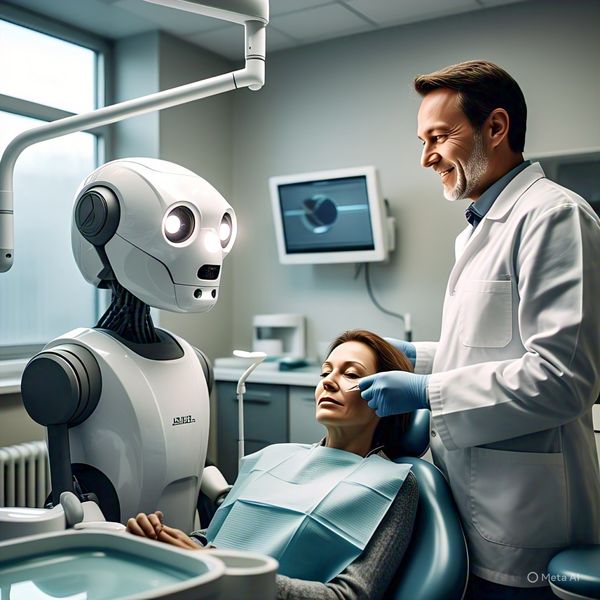
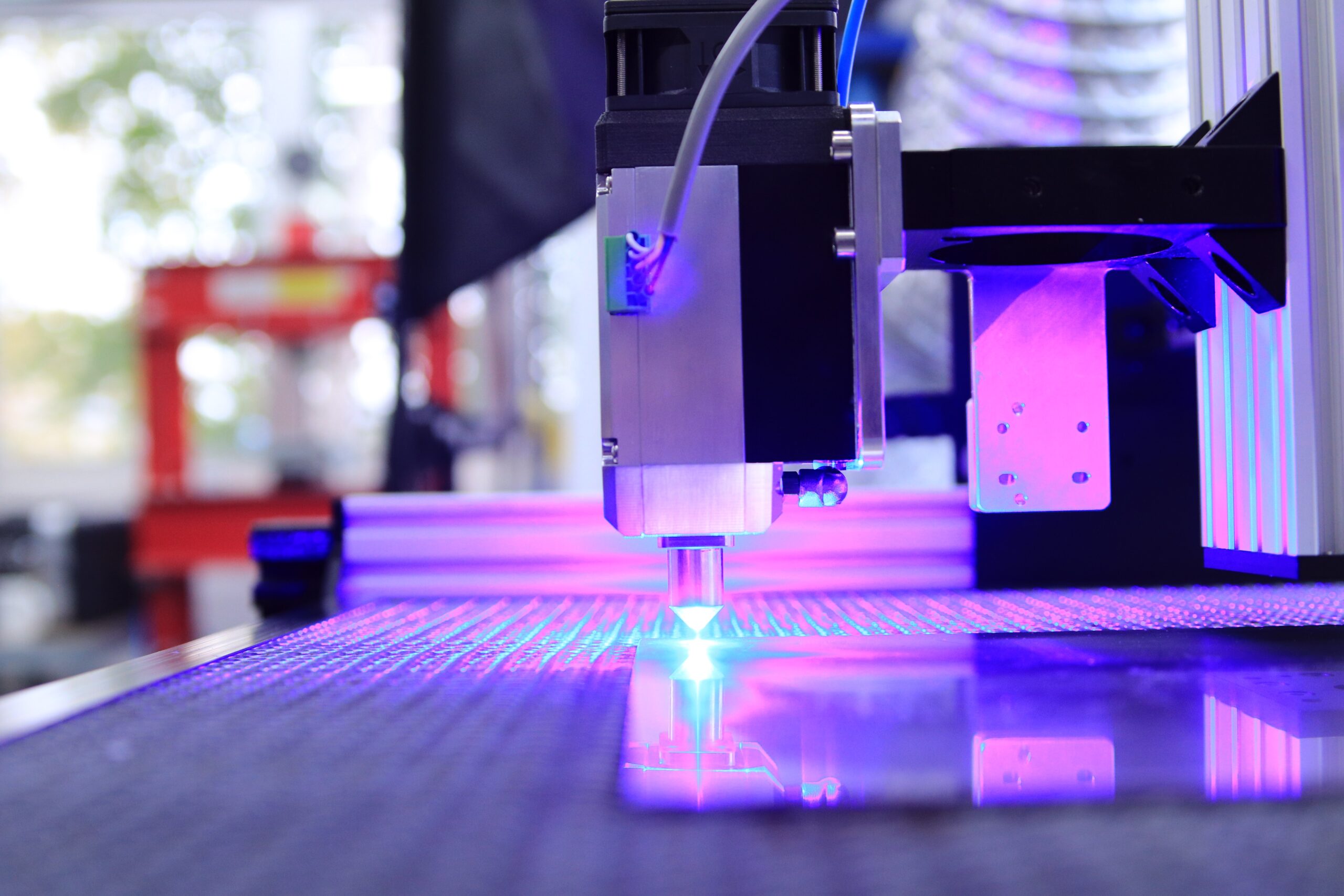





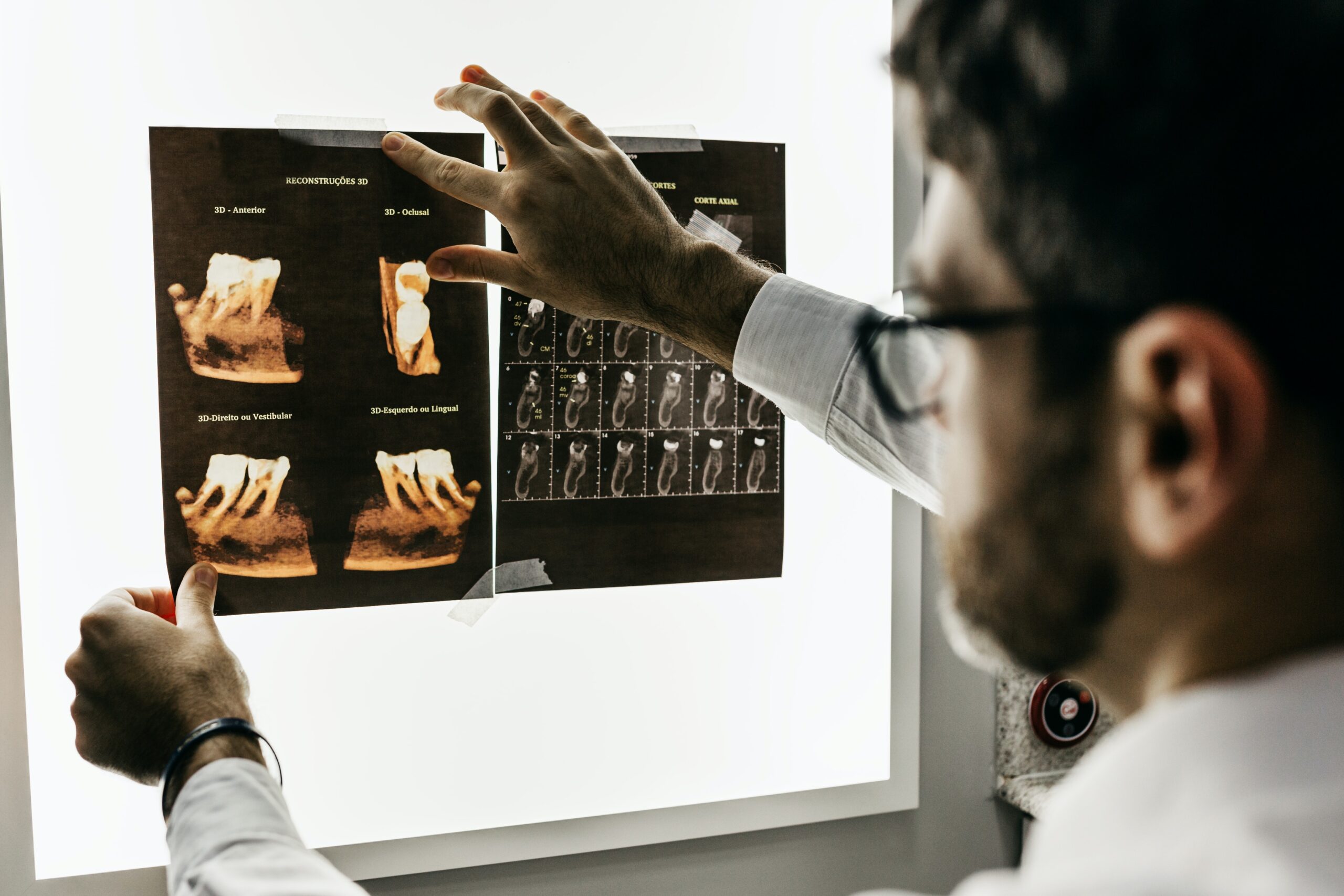
Leave a Reply